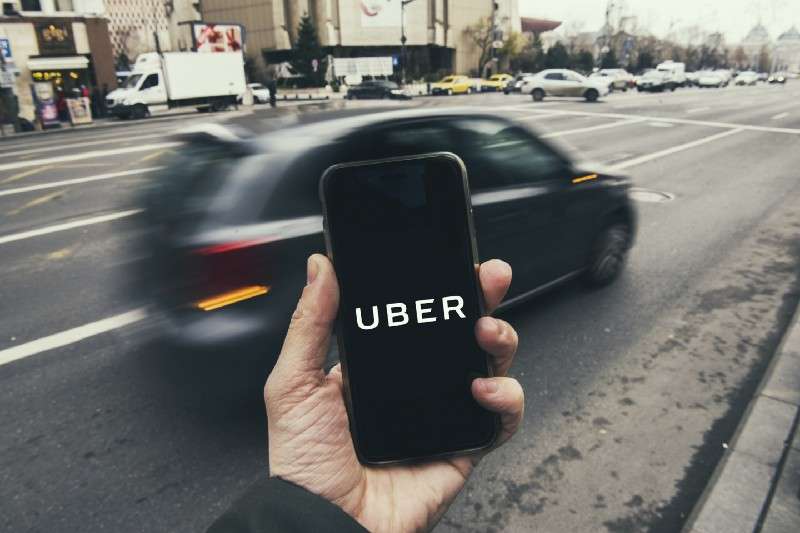The story of Uber begins in the year 2008. That’s when friends and co-founders of Uber — Travis Kalanick and Garrett Camp — were attending a tech conference in Paris. One freezing night, they couldn’t get a cab. While they were shivering on a cobblestone street waiting for their ride, they had a revelation.
Not knowing when, or if, you’ll find a cab stinks.
It was in this stressed-out moment that a simple question created Uber. Kalanick and Camp asked themselves, “What if you could request a cab on your phone?” Even in its earliest days, Uber used psychology to create a killer insight — that waiting on a cab is an emotional roller coaster.
Not only that, but the psychological Peak-end Rule tells us that these emotional moments punch above their weight. People’s memories and opinions of a brand are created in high stress moments like these.
Peak-end Rule: People create memories and judgements of an experience with only two mental reference points — the emotional peak of the experience, and the end.
Kalanick and Camp knew they had to create a product that turned waiting for a taxi from a negative experience, into a positive one.
Here’s how they did it.
Uber Used Psychology To Show "How the Sausage is Made"
One of the worst things about getting a cab in 2008 was a lack of information — not knowing when or if your ride would show up.
Uber used a principle called Operational Transparency to keep people distracted while waiting on their ride.
What is Operational Transparency?
Operational Transparency says that showing customers what’s going on behind the scenes of your business is a good thing. It can make them value a product more highly, and it can even make them happier with the whole experience.
Uber’s solution to a lack of information was to make it clear when your ride would arrive and telling you when and why it got delayed. You can also see who your driver is, their name and photo, their rating, and any compliments or thank you notes they’ve received.
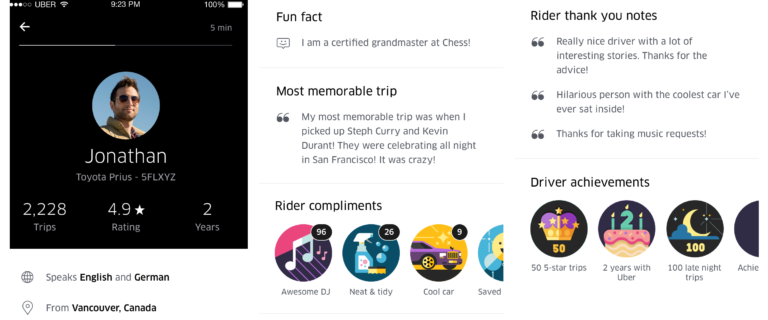
Source: Uber Engineering
But Uber’s most important use of Operational Transparency was taking the mystery out of taxi pricing. For every ride option, you get a fare breakdown that shows you how much you’ll pay per minute, mile, and any surcharges, tolls, or additional fees. You’re never left wondering if you’re about to take a $100 cab ride or a $20 one.
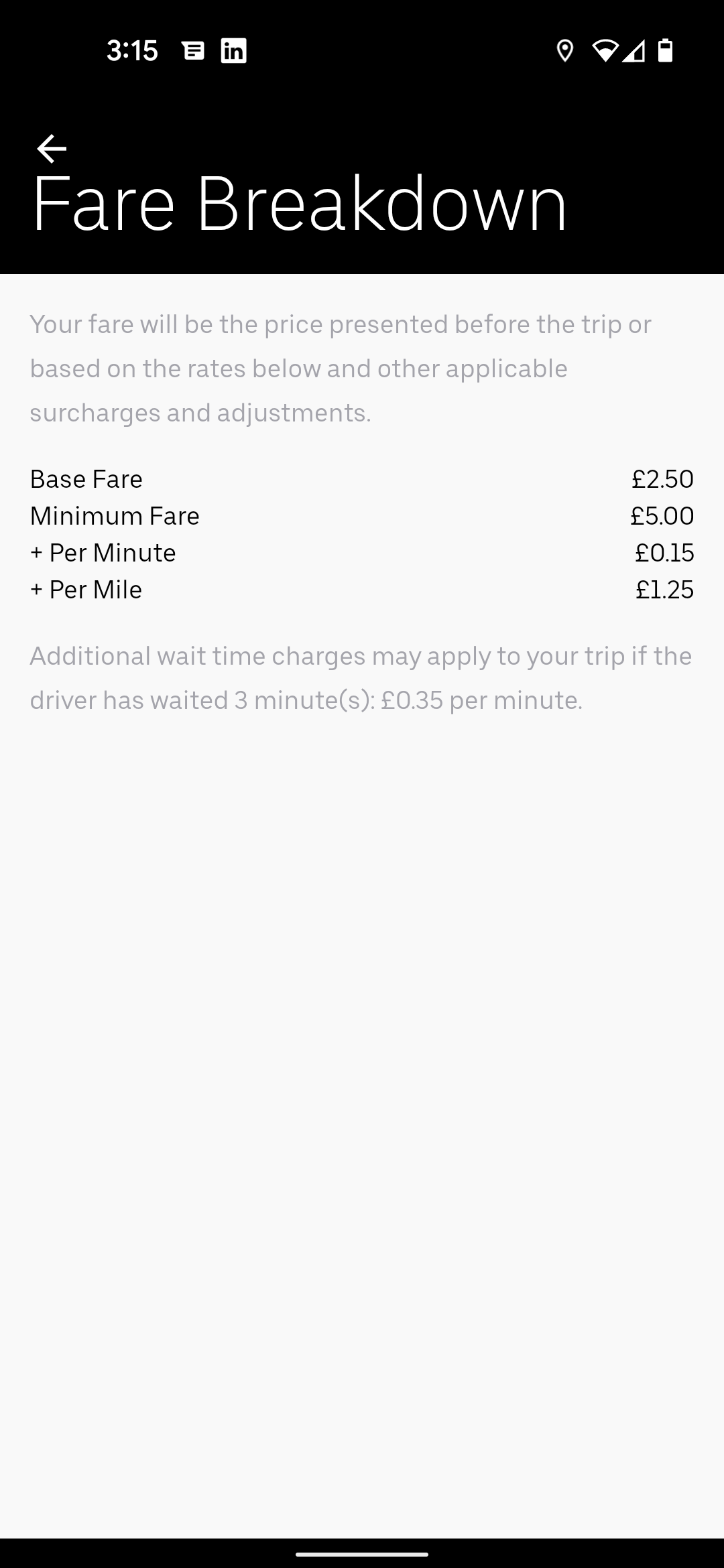
Captured by the author
When Uber launched, this type of Operational Transparency wasn’t available for cabs. People were used to taxis not being upfront with why they charged what they did.
But Uber’s radical transparency made them easier to trust. And trust is critical when you’re asking users to try a radical concept — like ridesharing was in 2008.
Uber Perfected the Art of Misdirection
Uber knows that keeping people busy makes them happier while they wait — that’s why you see a little car animation driving around on the map as your ride gets closer and closer.
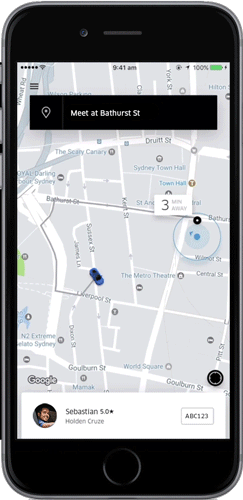
Uber didn’t have to spend the time and money to build this animation. They could’ve just told you what time your driver was due, and left it at that. But studies say when you keep people busy by giving them something to watch or to engage with, they have a better waiting experience.
There’s a scientific name for this effect — Idleness Aversion.
What is Idleness Aversion?
This principle says that people are happier when they’re busy — even if they’re forced to be busy.
Have you ever seen an elevator door that’s covered in mirrors?
That’s not just an interior design choice. The mirrors are there to keep you entertained, checking out your hair or teeth, while you wait for your lift to the next floor. Time moves faster when you’re distracted.
Time moves faster when you’re distracted.
🚀 Learn what makes buyers tick
Join 8k+ of world's best marketers from brands like Disney, Coca-Cola, Google who are learning marketing psychology in <5 mins a week.
Uber Used Psychology to Drive a Race to the Finish Line
In 1932, a behaviorist named Clark Hull was studying rats in a maze. By placing sensors on the rats he was able to track their speed as ran toward a food reward. Hull noticed that the rats moved faster the closer they got to their treat at the end of the maze.
He called this principle the Goal Gradient Effect.
What is the Goal Gradient Effect?
This principle says we move faster the closer we get to a goal. People are more motivated by how far we have to go than how far we’ve come.
Goal Gradient Effect: People are more motivated by how far we have to go than how far we’ve come.
Uber may not have known about Clark Hull’s effect, but they did know that a user’s perception of time was a key part of their experience. That’s why they included two elements in their app that apply Goal Gradient:
- A car animation on a map to indicate progress
- A countdown that tells you how many minutes are left until your driver arrives.

Source: Giphy
Both the countdown and the car animation act like a progress bar — you can see how much time you have left until your ride arrives. The Goal Gradient Effect means that the closer your Uber gets, the faster it seems to get there.
The closer your Uber gets, the faster it seems to get there.
Uber Knows It Needs to Watch and Learn
Every time you take a ride with Uber, it’s learning more about you. They use machine learning to better understand your behavior and your preferences, then serve up personalised destinations based on your ride history, favorite times, and favorite destinations.
The app even rearranges your ride options depending on your history, preference for environmentally friendly rides,, real-time traffic data, and the length of your trip. So you might see a recommendation for a bike if you’re just going a few blocks and want to save on a few fossil fuel emissions, or a helicopter if traffic is worse than usual.
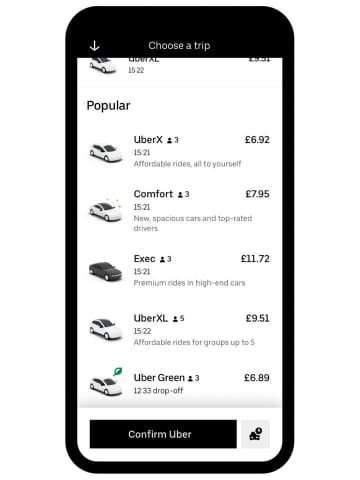
Souce: Uber Green
The company knows it only takes about 2.7 rides to make someone a permanent customer, and these personalization touches make Uber faster and easier to use than its competitors.
The power of personalisation is down to a principle called the Cocktail Party Effect.
What is the Cocktail Party Effect?
The Cocktail Party Effect was Discovered in the 1950s by British cognitive scientist Colin Cherry, this principle says that people focus on information relevant to them.
The personalized an experience, the more we enjoy it and engage.
The Bottom Line
Uber is constantly optimizing its experience using applied behavioral science and psychology. When Uber ran an experiment that applied Idleness Aversion, Operational Transparency, and the Goal Gradient Effect, the results were impressive:
“The [Uber] Express POOL team tested these ideas in an A/B experiment and observed an 11 percent reduction in the post-request cancellation rate.”
If you want to apply these principles to your brand, it’s not just about finding behavioral science principles you think might fit and pushing them live. Experimentation that helps refine the application of these principle is critical.
Keep learning:
To read how Uber crossed the ethical line using behavioral science, check out: How Uber Used Psychology to Manipulate Its Drivers
If you enjoyed this article, check out my podcast episode about Uber:

